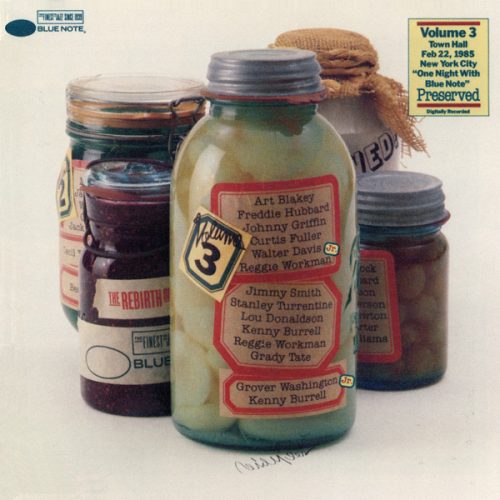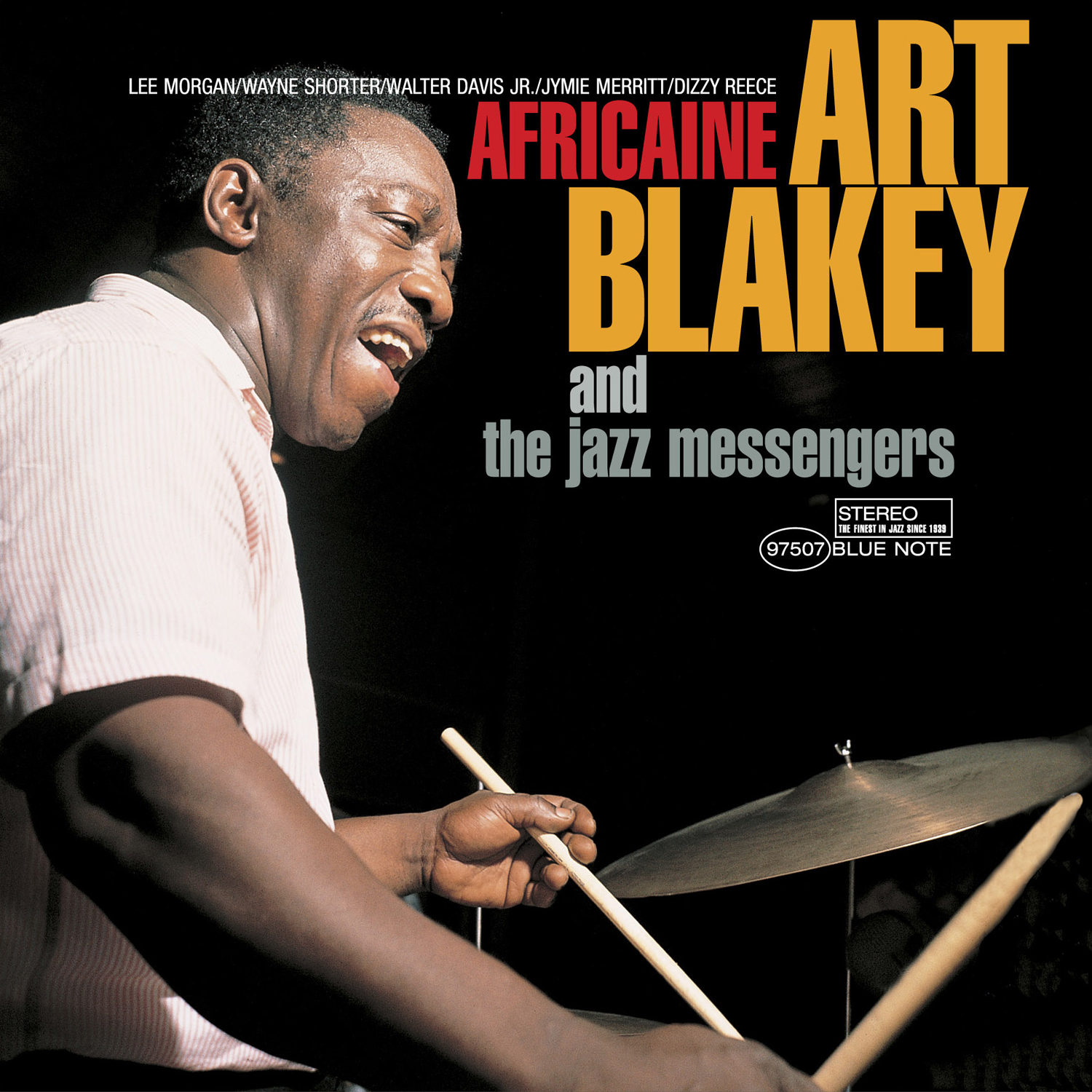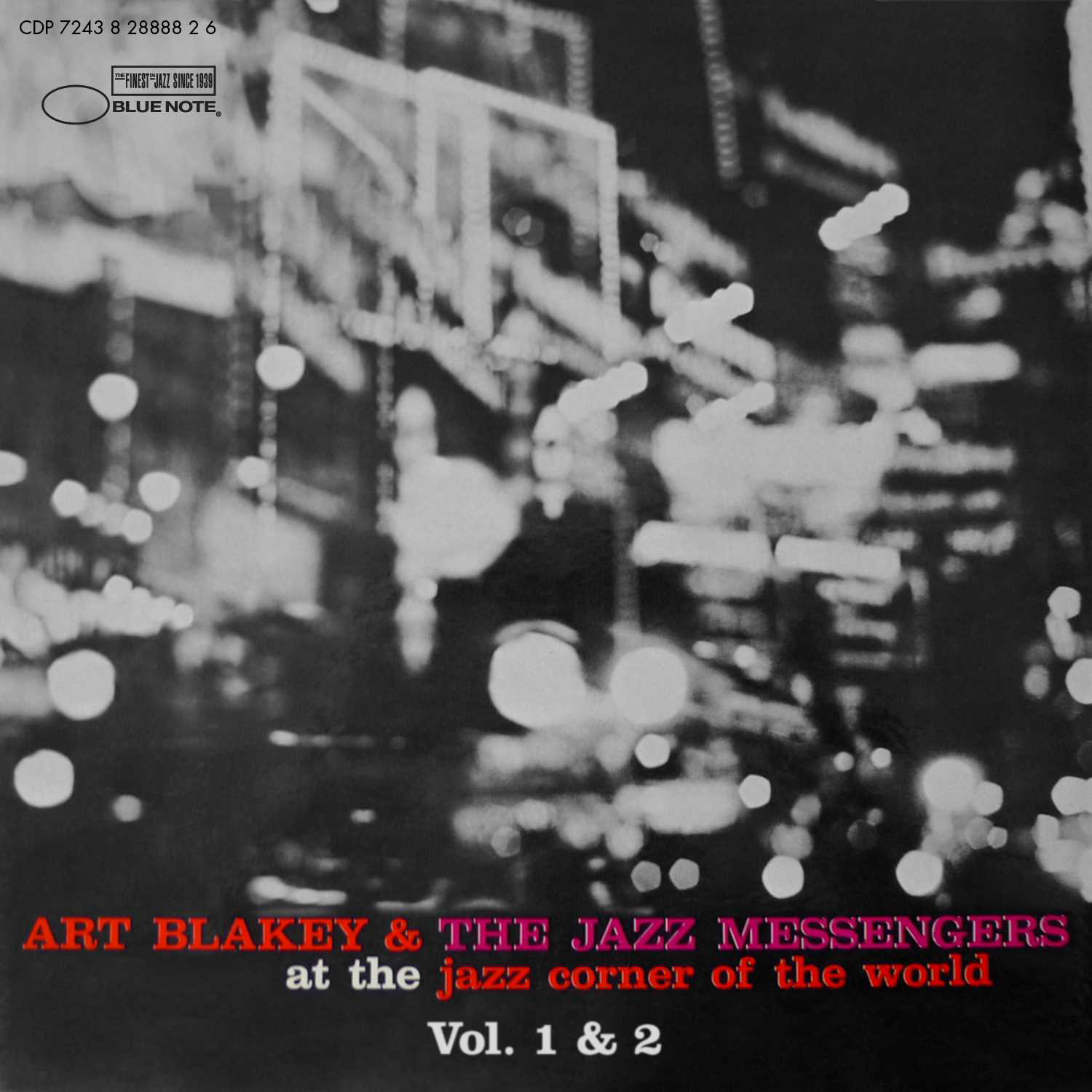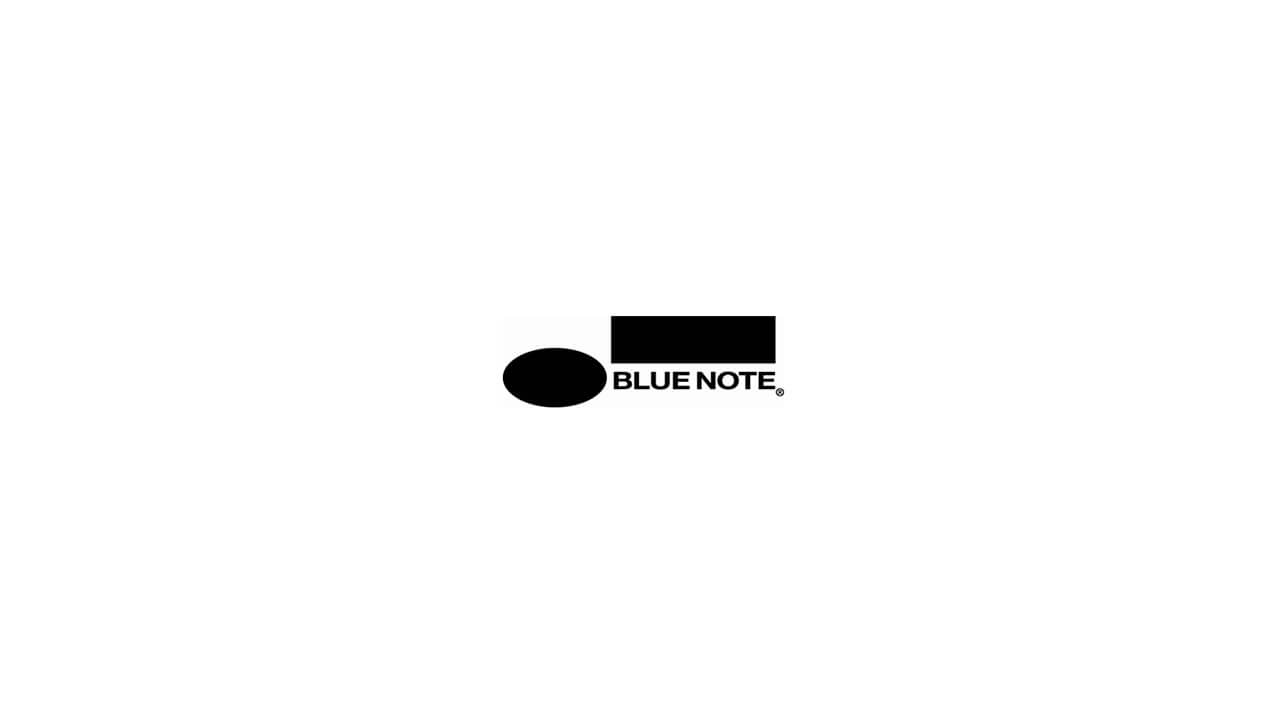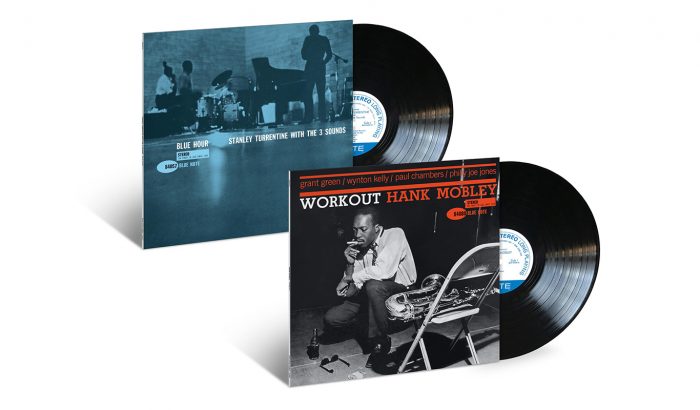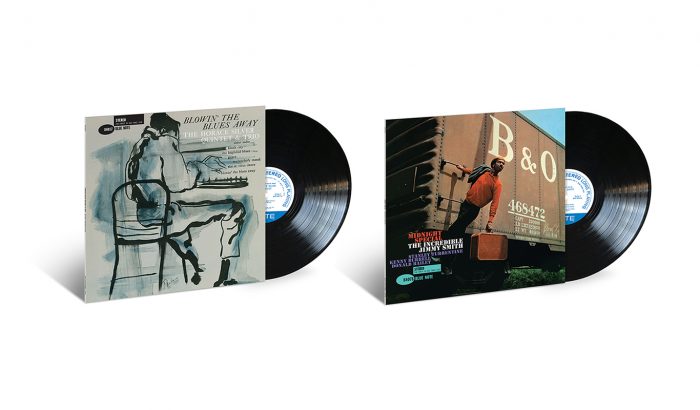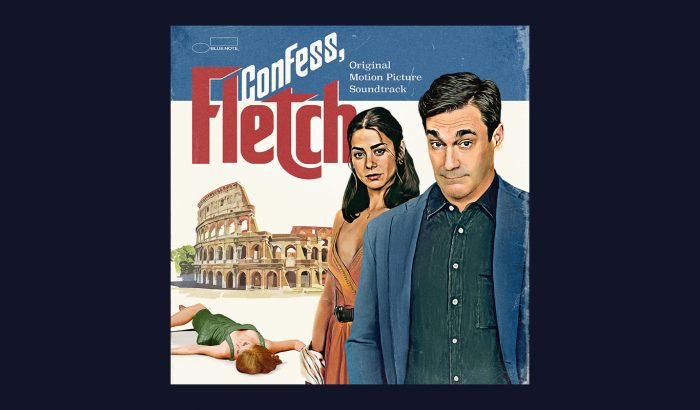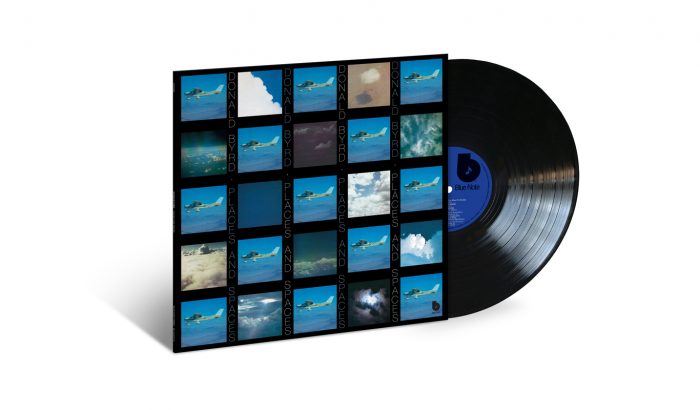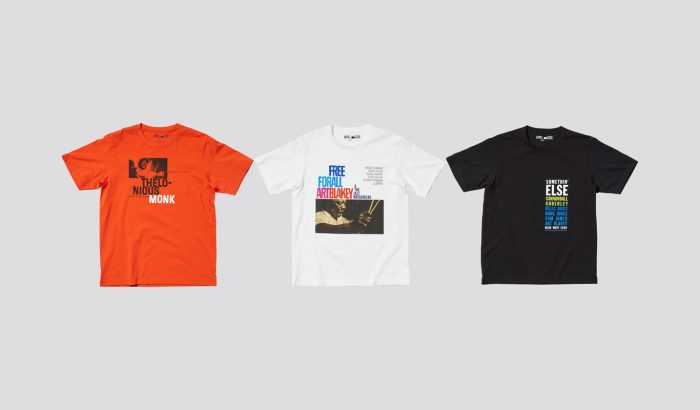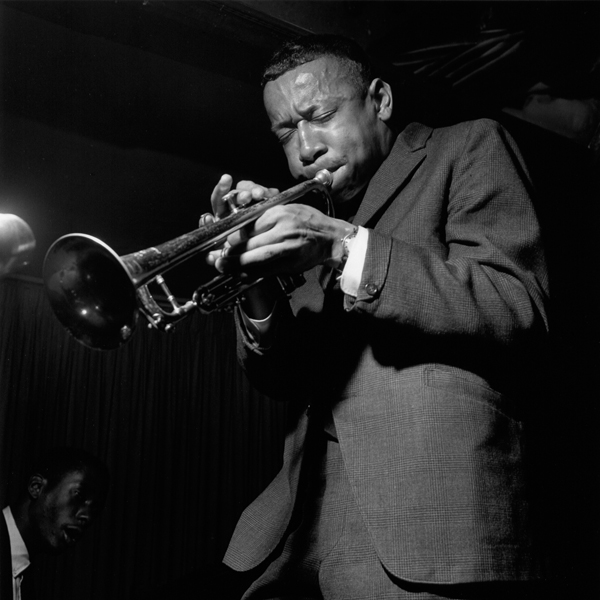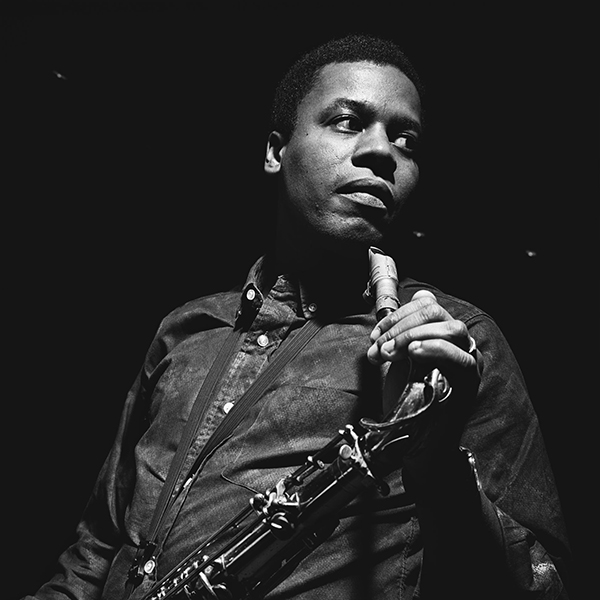Biography- Biography
In the ’60s, when John Coltrane and Ornette Coleman were defining the concept of a jazz avant-garde, few knowledgeable observers would have guessed that in another 30 years the music’s mainstream would virtually bypass their innovations, in favor of the hard bop style that free jazz had apparently supplanted. As it turned out, many listeners who had come to love jazz as a sophisticated manifestation of popular music were unable to accept the extreme esotericism of the avant-garde; their tastes were rooted in the core elements of “swing” and “blues,” characteristics found in abundance in the music of the Jazz Messengers, the quintessential hard bop ensemble led by drummer Art Blakey. In the ’60s, ’70s, and ’80s, when artists on the cutting edge were attempting to transform the music, Blakey continued to play in more or less the same bag he had since the ’40s, when his cohorts included the likes of Charlie Parker, Miles Davis, and Fats Navarro. By the ’80s, the evolving mainstream consensus had reached a point of overwhelming approval in regard to hard bop: this is what jazz is, and Art Blakey — as its longest-lived and most eloquent exponent — was its master.
the Jazz Messengers had always been an incubator for young talent. A list of the band’s alumni is a who’s who of straight-ahead jazz from the ’50s on — Lee Morgan, Wayne Shorter, Freddie Hubbard, Johnny Griffin, Jackie McLean, Donald Byrd, Bobby Timmons, Cedar Walton, Benny Golson, Joanne Brackeen, Billy Harper, Valery Ponomarev, Bill Pierce, Branford Marsalis, James Williams, Keith Jarrett, and Chuck Mangione, to name several of the most well-known. In the ’80s, precocious graduates of Blakey’s School for Swing would continue to number among jazz’s movers and shakers, foremost among them being trumpeter Wynton Marsalis. Marsalis became the most visible symbol of the ’80s jazz mainstream; through him, Blakey’s conservative ideals came to dominate the public’s perception of the music. At the time of his death in 1990, the Messenger aesthetic dominated jazz, and Blakey himself had arguably become the most influential jazz musician of the past 20 years.
Blakey’s first musical education came in the form of piano lessons; he was playing professionally as a seventh grader, leading his own commercial band. He switched to drums shortly thereafter, learning to play in the hard-swinging style of Chick Webb and Sid Catlett. In 1942, he played with pianist Mary Lou Williams in New York. He toured the South with Fletcher Henderson’s band in 1943-1944. From there, he briefly led a Boston-based big band before joining Billy Eckstine’s new group, with which he would remain from 1944-1947. Eckstine’s big band was the famous “cradle of modern jazz,” and included (at different times) such major figures of the forthcoming bebop revolution as Dizzy Gillespie, Miles Davis, and Charlie Parker. When Eckstine’s group disbanded, Blakey started a rehearsal ensemble called the Seventeen Messengers. He also recorded with an octet, the first of his bands to be called the Jazz Messengers. In the early ’50s, Blakey began an association with Horace Silver, a particularly likeminded pianist with whom he recorded several times. In 1955, they formed a group with Hank Mobley and Kenny Dorham, calling themselves “Horace Silver and the Jazz Messengers.” The Messengers typified the growing hard bop movement — hard, funky, and bluesy, the band emphasized the music’s primal rhythmic and harmonic essence. A year later, Silver left the band, and Blakey became its leader. From that point, The Messengers were Blakey’s primary vehicle, though he would continue to freelance in various contexts. Notable was A Jazz Message, a 1963 Impulse record date with McCoy Tyner, Sonny Stitt, and Art Davis; a 1971-1972 world tour with “the Giants of Jazz,” an all-star venture with Thelonious Monk, Dizzy Gillespie, Sonny Stitt, and Al McKibbon; and an epochal drum battle with Max Roach, Elvin Jones, and Buddy Rich at the 1964 Newport Jazz Festival. Blakey also frequently recorded as a sideman under the leadership of ex-Messengers.
Blakey’s influence as a bandleader could not have been nearly so great had he not been such a skilled instrumentalist. No drummer ever drove a band harder; none could generate more sheer momentum in the course of a tune; and probably no drummer had a lower boiling point — Blakey started every performance full-bore and went from there. His accompaniment style was relentless, and woe to the young saxophonist who couldn’t keep up, for Blakey would run him over like a fullback. Blakey differed from other bop drummers in that his style was almost wholly about the music’s physical attributes. Where his contemporary Max Roach dealt extensively with the drummer’s relationship to melody and timbre, for example, Blakey showed little interest in such matters. To him, jazz percussion wasn’t about tone color; it was about rhythm — first, last, and in between. Blakey’s drum set was the engine that propelled the music. To the extent that he exhibited little conceptual development over the course of his long career, either as a player or as a bandleader, Blakey was limited. He was no visionary by any means. But Blakey did one thing exceedingly well, and he did it with genius, spirit, and generosity until the very end of his life. ~ Chris Kelsey
Releases- Releases
One Night With Blue Note Preserved, Vol. 3 - Art Blakey - Stanley Turrentine - Jimmy Smith - Kenny Burrell - Lou Donaldson - Freddie Hubbard - Johnny Griffin - Curtis Fuller - Walter Davis Jr.
Indestructible - Art Blakey
Free For All - Art Blakey
Three Blind Mice, Vol. 1 - Art Blakey
Three Blind Mice, Vol. 2 - Art Blakey
The African Beat - Art Blakey
Buhaina’s Delight - Art Blakey
Mosaic - Art Blakey
The Witch Doctor - Art Blakey
Roots & Herbs - Art Blakey
The Freedom Rider - Art Blakey
First Flight To Tokyo: The Lost 1961 Recordings - Art Blakey
Meet You at the Jazz Corner of the World, Vol. 1 - Art Blakey
Meet You at the Jazz Corner of the World, Vol. 2 - Art Blakey
A Night in Tunisia - Art Blakey
Like Someone in Love - Art Blakey
The Big Beat - Art Blakey
Africaine - Art Blakey
At the Jazz Corner of the World - Art Blakey
Just Coolin’ - Art Blakey
Holiday For Skins - Art Blakey
Drums Around The Corner - Art Blakey
Moanin’ - Art Blakey
Orgy in Rhythm, Volume 1 & 2 - Art Blakey
At the Cafe Bohemia, Vol. 1 - Art Blakey
At the Cafe Bohemia, Vol. 2 - Art Blakey
A Night at Birdland, Vol. 1 - Art Blakey
A Night at Birdland, Vol. 2 - Art Blakey
New Sounds - Art Blakey
Videos- Videos
SPOTLIGHT- SPOTLIGHT
View All
ART BLAKEY & THE JAZZ MESSENGERS “MOANIN'”
The first onstage school of jazz ultimately opened for long-term session with drummer Art Blakey who enlisted young players to his revolving-door group, the Jazz Messengers, not only to teach but also to continually refresh himself and his band with new energy, excitement and especially repertoire. (During a 1954 live session, At Night at Birdland, Blakey remarked during the set: “I’m gonna... read more
ART BLAKEY “A NIGHT IN TUNISIA”
Art Blakey’s claim to fame with his Jazz Messengers throughout the group’s 30+ year history lay in finding the most creative young players and tunesmiths to inspire him and rev up the bandstand. The drummer plucked out of the ranks the most imaginative young players for his Jazz Messengers groups, mentored them in the college of hard bop, afforded them creative freedom, and once they were... read more
ART BLAKEY & THE JAZZ MESSENGERS “FREE FOR ALL”
Studios have a tendency to stifle and muffle creativity while an on-fire live outing oftentimes opens a window onto the true essence of a band. That’s why it’s hard to believe that drummer Art Blakey’s Free for All, arguably his most dynamic album, was recorded in the intimate confines of engineer Rudy Van Gelder’s humble studio in Englewood Cliffs, New Jersey. With all the yells and... read more
News- News
View All
CLASSIC VINYL REISSUE SERIES 2025 TITLES ANNOUNCED
Blue Note Records has announced the next run of titles in the Classic Vinyl Reissue Series, which presents all-analog 180g vinyl reissues that are mastered by Kevin Gray from the original master tapes and manufactured at Optimal. Curated by Don Was and Cem Kurosman, the series continues its exploration of the... read more
CLASSIC VINYL REISSUE SERIES 2024 TITLES ANNOUNCED
Blue Note Records has announced the next run of titles in the Classic Vinyl Reissue Series, which presents affordable 180g all-analog vinyl reissues in standard packaging that are mastered by Kevin Gray from the original master tapes and manufactured at Optimal. Curated by Don Was and Cem Kurosman, the series... read more
CLASSIC VINYL REISSUE SERIES 2023-2024 TITLES ANNOUNCED
Blue Note Records has announced the next run of titles in the Classic Vinyl Reissue Series, which will present 180g all-analog vinyl reissues of some of the most iconic masterpieces of the Blue Note catalog by jazz legends including Art Blakey, Donald Byrd, Miles Davis, Wayne Shorter, Herbie Hancock, Sonny Rollins,... read more
BLUE NOTE RELEASES “CONFESS, FLETCH” SOUNDTRACK ALBUM FEATURING ART BLAKEY, HORACE SILVER & MORE
Blue Note Records has released Confess, Fletch (Original Motion Picture Soundtrack), a 14-track collection out now digitally that features classic tracks from the illustrious Blue Note catalog that appear in the new Miramax film Confess, Fletch. Directed by Greg Mottola and starring Jon Hamm, Confess, Fletch is in... read more
BLUE NOTE & UMG AFRICA ANNOUNCE NEW IMPRINT BLUE NOTE AFRICA
Blue Note Records and Universal Music Group Africa have announced the creation of Blue Note Africa, an exciting new imprint dedicated to signing Jazz artists from across the African continent, bringing them to a global audience, and promoting a cultural exchange of ideas that transcends borders. Blue Note Africa will... read more
WATCH WAYNE SHORTER ON “FIRST LOOK” DISCUSSING ART BLAKEY & THE JAZZ MESSENGERS “FIRST FLIGHT TO TOKYO: THE LOST 1961 RECORDINGS”
Blue Note Records has released First Flight to Tokyo: The Lost 1961 Recordings, a thrilling previously unissued live recording of Art Blakey & The Jazz Messengers captured at Hibiya Public Hall in Tokyo on January 14, 1961 during the band’s first-ever tour of Japan. The Jazz Messengers were among the first... read more
LISTEN TO “A NIGHT IN TUNISIA” FROM ART BLAKEY’S PREVIOUSLY UNRELEASED LIVE ALBUM “FIRST FLIGHT TO TOKYO: THE LOST 1961 RECORDINGS”
“An outstanding set… Driven by Blakey’s indomitable swing, the band serves up high octane versions of some of their best-known numbers”—MOJO On December 10, Blue Note Records will release First Flight to Tokyo: The Lost 1961 Recordings, a thrilling previously unreleased live recording of Art Blakey &... read more
NEW CLASSIC VINYL REISSUE SERIES LINE-UP ANNOUNCED
Blue Note has announced the continuation of the Classic Vinyl Reissue Series, which presents affordable 180g vinyl reissues in standard packaging that are mastered by Kevin Gray and manufactured at Optimal. The pressings are all-analog whenever an analog source is available, with Gray mastering directly from the... read more
ART BLAKEY & THE JAZZ MESSENGERS “FIRST FLIGHT TO TOKYO: THE LOST 1961 RECORDINGS” OUT DEC. 10
On December 10, Blue Note Records will release First Flight to Tokyo: The Lost 1961 Recordings, a thrilling previously unreleased live recording of Art Blakey & The Jazz Messengers captured at Hibiya Public Hall in Tokyo on January 14, 1961 during the band’s first-ever tour of Japan. The Jazz Messengers were... read more
BLUE NOTE & UNIQLO COLLABORATE ON A NEW UT T-SHIRT COLLECTION
Blue Note Records and UNIQLO have announced a new UT t-shirt collection collaboration featuring seven designs based on iconic Blue Note album covers that were selected by GRAMMY-winning producer and Blue Note President Don Was. The new UT collection is on sale today in UNIQLO stores worldwide and online at... read more


